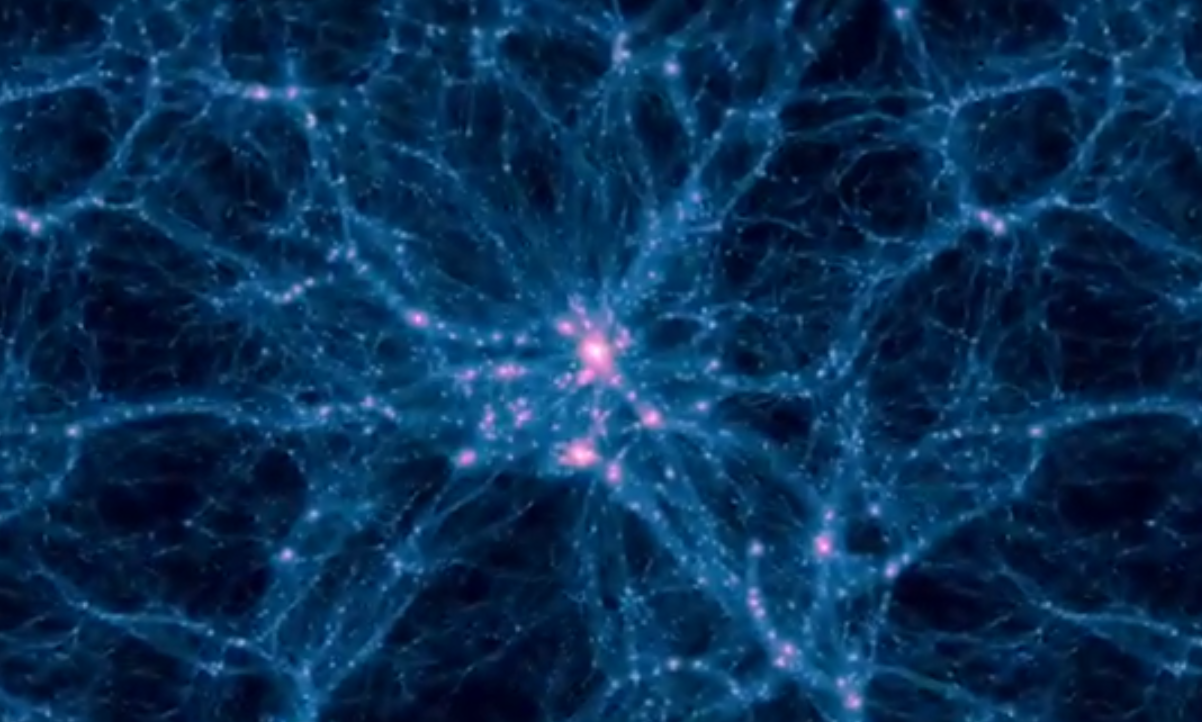Scientists at MIT spent six months creating a simulation of the creation of our universe. The result is a stunning tour de force of supercomputer calculations — the most detailed, comprehensive view of what happened in the 14 billion years after the Big Bang.
The calculations, which were crunched on multiple supercomputers for half a year, would have taken 2,000 years to complete on an average person’s desktop.
The simulation begins 12 million years after the Big Bang and follows the history of the universe until the present day — 14 billion years later. It was informed by the laws of physics, and theories on galaxy and star formation and evolution.
The goal of the simulation is to compare the actual cosmos — viewable via telescope — to the computer-created universe. The comparison will allow scientists to test if their theories on the creation of the universe work. MIT professor of physics Mark Vogelsberger, who worked on the simulation, explains:
“We have this problem in astrophysics that we can’t go and do experiments in the lab to test our theories. The only way to test them is to compare our models with the best observations out there.”
The simulation is revolutionary for several reasons. It takes on the largest swath of our universe: Its volume of the cosmos is 350m light-years across. The simulation also details the very large structures (the distribution of gas) and the very small-scale aspects of our universe (chemical signatures found in stars). The computer model reconciles the cosmic bodies we can see (stars, galaxies and the like) with the aspects we cannot view, including dark matter (“the cosmic web”) and dark energy.
According to the Guardian, the researchers have already checked the simulation against image observations from the Hubble Telescope and found both agreements and discrepancies with what scientists thought happened to the universe.
The study, published in Nature, and accompanying video come at a time when astrophysics has been propelled into the mainstream due to Neil deGrasse Tyson and the rebooting of “Cosmos,” and just several months after the detection of gravitational waves, which, if confirmed, are physical evidence of the Big Bang. The stunning video can be found below:
Also, watch Neil deGrasse Tyson explain the Big Bang theory:
h/t Raw Story

